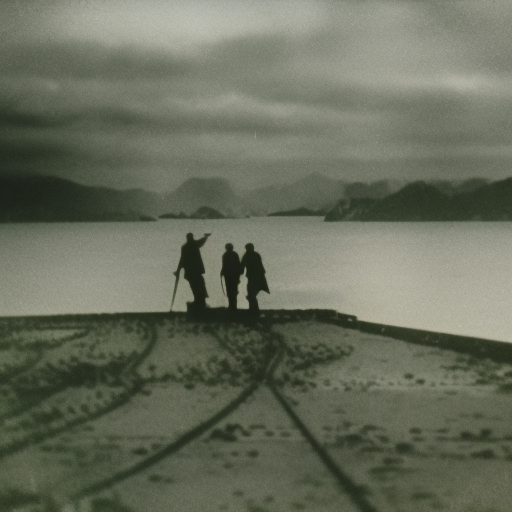Battle of the Sound: A Naval Clash in the Baltic Sea
The Battle of the Sound, also known as the Battle of Öresund, took place on November 8, 1658, during the Second Northern War. It was a naval clash between the Swedish Empire and the combined forces of Denmark-Norway and the Dutch Republic. The battle occurred in the narrow strait known as the Sound, which separates modern-day Denmark and Sweden.
Background:
The Second Northern War was a conflict between Sweden and an alliance of Denmark-Norway, the Polish-Lithuanian Commonwealth, and the Dutch Republic. Sweden, under the leadership of King Charles X Gustav, aimed to expand its territories and influence in the Baltic region. The Danish and Dutch forces sought to halt Swedish expansion and protect their own interests.
Preparations:
In the months leading up to the Battle of the Sound, the Swedish navy had achieved several victories, establishing its dominance in the Baltic Sea. However, the combined Danish-Dutch fleet, under the command of Admiral Niels Juel, was determined to challenge Swedish naval supremacy.
The Battle:
On November 8, 1658, the Danish-Dutch fleet encountered the Swedish fleet near the Sound. The Swedish navy, led by Admiral Carl Gustaf Wrangel, consisted of 45 warships, while the Danish-Dutch fleet had 51 warships. The battle began with intense cannon fire exchanged between the two sides.
The Danish-Dutch fleet attempted to break through the Swedish line, but the Swedish ships held their ground. The battle continued for several hours, with both sides suffering heavy casualties. The Danish flagship, the Dannebrog, was severely damaged and had to be towed away from the battle.
As the battle progressed, the wind shifted, favoring the Swedish fleet. This allowed the Swedish ships to maneuver more effectively and deliver devastating broadsides to the Danish-Dutch fleet. The Danish-Dutch ships, unable to withstand the Swedish onslaught, began to retreat.
Aftermath:
The Battle of the Sound resulted in a decisive Swedish victory. The Danish-Dutch fleet lost several ships, including the Dannebrog, and suffered heavy casualties. The Swedish navy, on the other hand, emerged relatively unscathed.
The Swedish victory in the Battle of the Sound solidified their control over the Baltic Sea and further expanded their influence in the region. It also weakened the Danish and Dutch positions, forcing them to reconsider their strategies in the ongoing conflict.
Significance:
The Battle of the Sound was a significant event in the Second Northern War. It showcased the naval prowess of the Swedish Empire and demonstrated the effectiveness of their naval tactics. The battle also highlighted the importance of controlling the Baltic Sea for trade and military purposes.
Moreover, the Swedish victory in the Battle of the Sound had political implications. It strengthened the position of King Charles X Gustav and allowed Sweden to negotiate more favorable terms in subsequent peace negotiations.
In conclusion, the Battle of the Sound was a naval clash between the Swedish Empire and the combined forces of Denmark-Norway and the Dutch Republic. It took place during the Second Northern War and resulted in a decisive Swedish victory. The battle solidified Swedish control over the Baltic Sea and weakened the Danish and Dutch positions. It also showcased the naval prowess of the Swedish Empire and had political implications for the ongoing conflict.












